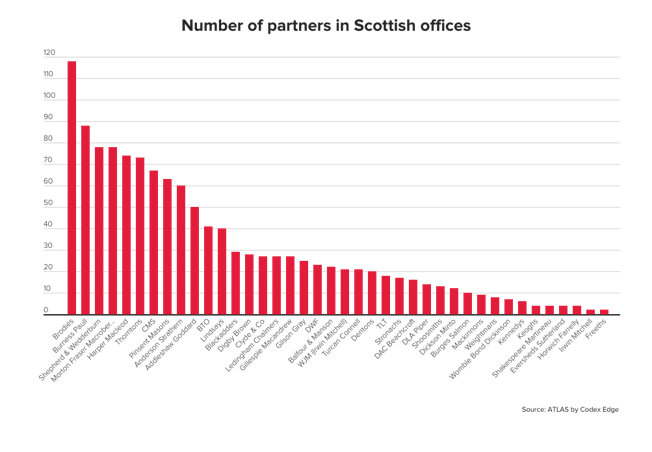Different businesses come with their own unique challenges but one issue all general counsel deal with is how to manage the reputational risks associated with their business.
Schillings partner Chris Scott shared his three-pronged approach on how to manage reputational risk at this year’s In-house Counsel as Business Partner conference. For Scott the key to managing risk is summed up with the slogan: prevent, react and repair.
Preventing the damage from being dealt to a business in the first place is often the most important step and a large part of this is knowing what problems could present themselves in the future.
“Pretty much with any issue you have the business will at some point have that long tail start up to it,” says Scott.
“If you can identify those risks early, start mitigating them earlier and then understanding when they may happen you have the best chance of avoiding them all together.”
Once a problem does arise it can often lead to litigation and the general counsel’s involvement. However, depending on the size of the litigation the damage to a company’s reputation can often be a more serious issue.
Reacting to the situation is inevitably the next step and many of the in-house lawyers at the conference shared their views on how to work as part of a crisis team to minimise the reputational damage. Many of the lawyers suggested advising the company’s PR team to act quickly and downplay the situation.
However, when litigation is involved this approach can be seen as accepting responsibility and puts the company in tricky legal ground. In order to understand what approach to proceed with it is also important to understand whose opinion of the business will change. If the business’ reputation has not changed in the eyes of clients, suppliers or shareholders the situation may not be as serious as first thought.
Another important consideration is the likelihood of the litigation being successful. If the problem itself is easily resolved then the issue may not affect the company’s reputation at all.
“The final point is to make sure your incident really is finished,” says Scott. “People make mistakes and people understand when things go wrong.”
If a major incident happens twice, such as the loss of customer data, then that could have serious consequences for the reputation of the business and its in-house team.
General counsel and in-house lawyers can learn more about managing risks at next week’s Managing Risk and Mitigating Litigation conference. It will involve keynote sessions, case-studies, panel debates and roundtables providing insight into how to effectively manage the risk and cost of litigation.































